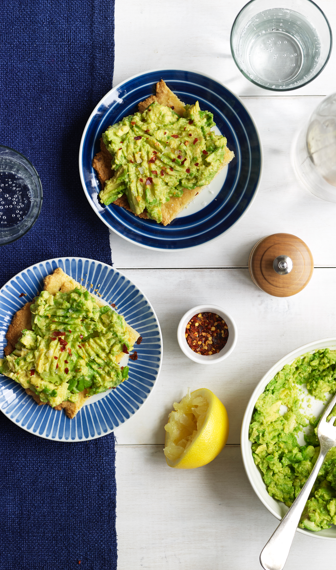Most people are vaguely aware that insulin has a relationship to blood sugar levels, but unless they have diabetes or live with someone who does, they know little more than that. Our six questions and answers explain how insulin works and its relationship to metabolic syndrome.
What is insulin?
It’s a hormone made and released by the pancreas, an organ or gland that is part of your endocrine system.
What causes the pancreas to make and release insulin?
Your blood sugar (glucose) level needs to remain within a relatively narrow range to avoid an overload. When it rises as a result of consuming foods full of sugar, white flour and other quickly metabolized carbohydrates, the pancreas receives a signal to produce insulin to carry glucose to the cells. There glucose is at the ready to provide energy as needed.
What happens to excess glucose?
When you consume more carbs than necessary to meet energy requirements, the excess glucose has to be transported and stored somewhere. Insulin helps convert the excess carbohydrate foods you eat into either glycogen (the storage form of carbohydrate in the muscles) or into fat stored in fat cells.
How does that relate to fat buildup?
Insulin promotes the storage of nutrients and simultaneously blocks the breakdown (metabolism) of protein, fat and carbohydrate in the body. When the insulin level rises, it puts the brakes on burning fat for fuel and simultaneously encourages fat storage.
How can you avoid storing fat?
When you limit your carb consumption, you stimulate increased fat burning and decreased fat storage. In fact, fat breakdown and fat burning are exquisitely sensitive to changes in the amount of insulin released in response to dietary carbohydrate. Small decreases in insulin can almost immediately significantly increase fat burning. Insulin also increases glucose uptake and activates key enzymes that transform glucose into fat.
How does that reduce your risk for metabolic syndrome?
Doing Atkins significantly blunts insulin levels throughout the day so you burn significantly more—and store less—body fat. This metabolic change contributes to improvement in all markers of the metabolic syndrome and also reduces the risk for heart disease and diabetes. For more on metabolic syndrome, see Do You Have Metabolic Syndrome? and How to Reduce Your Risk for Metabolic Syndrome.
References:
Jensen, M.D., Caruso, M., Heiling, V., and Miles, J.M., “Insulin Regulation of Lipolysis in Nondiabetic and IDDM Subjects,” Diabetes 38 (1989), 1595–1601.

